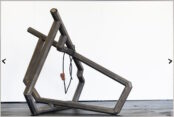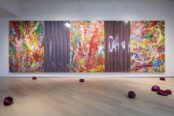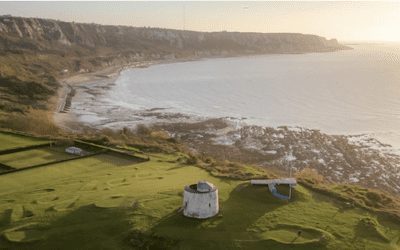Arguably, all art becomes embalmed with conversation, infused with the feelings of its creators and spectators. Alon Zakiam Gallery is a chamber of thought in which art and intellect entwine. Its curator, Virginia Damtsa, affirms the importance of dialogue. ‘I’ve always been fascinated by the evolution of history, and art provides the best lens to understand it,’ she states. ‘Juxtaposing modern and contemporary artists offers a compelling way to explore this evolution’
Art Through Time mimics the art of conversation through each pairing of paintings, hung opposite one another. There is no need for other impositions, as Alon Zakiam draws a bold line through art’s history through stark juxtaposition – both physical and conceptual . Damtsa’s curation showcases humanity’s natural urge to replicate the emotions that litter our existence. In doing so, she creates threads of relation which transcend time.
Chinese artist Wen Wu engages with the cultural gauge which canvases hold. Precious Stream (1) and (2) (2024) vehemently denies that within knowledge is power. Wen Wu’s oil on canvas depicts two women idly bound to books, necks tilted, faces covered, negating any ascension of power that knowledge allegedly brings. Rather, it brings oppression. Is this now the way of our world? Wen Wu’s scumbling heightens the subdued femininity striking into the dulling earth.

Hung across from Precious Stream is Vittorio Reggianini’s nineteenth-century painting The Way of the Worlds. Wen Wu clashes brilliantly with Reggianini’s brash opulence, highlighting the legacy of lethal bourgeois imposition. Gone are that world’s sweet fruits, with Wen Wu left in 2024 with just the rotten pips. Precious Stream’s subjects fall victim to an autocratic, vapid society in which all that is left is melancholic blue.

Sam Shendi’s work, Mother and Child (2024), toys with a labour of love rather than knowledge. Transcending the limitations of the physical world and creating sources of energy has been a constant ethos behind his artwork. His response to Henry Moore’s Mother and Child: Petal Skirt refutes historical placement and surpasses the identity politics showcased in Wen Wu’s work. The misalignment with Moore continues with Shendi’s incorporation of stainless steel within his work, opposite to Moore’s use of bronze. Shendi’s madonna of interlocking pattern constructs voids in negative space. Are they waiting to be filled with peeks of endearment from others? Unlike his predecessor, Shendi’s bold, distinct colours home in on the acute confidence found within love’s vulnerability. His palette of vibrant red, yellow, green and pink shies away from conventional connotations of motherhood, embracing the turbulence found in the dark corners of womanhood, and suggesting that not everything is pretty in pink.
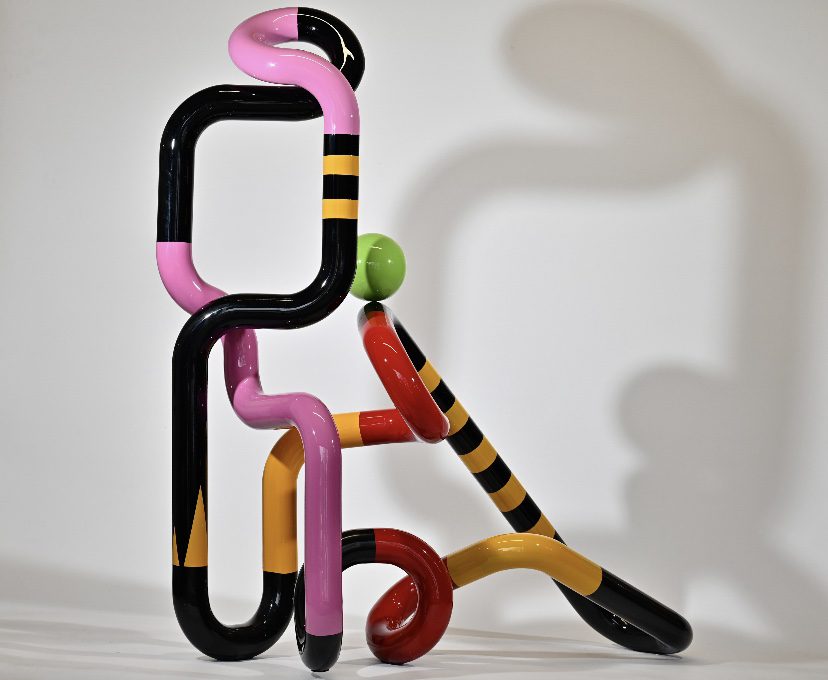
Another stand-out artist is Keith Tyson, with his oil painting The Seductress. As his artistic philosophy rejects the notion of a fixed self, The Seductress encapsulates the never-ending drip feed of erotic data in which we are all drowned. Here, it is Chilean artist Roberto Matta (oil on canvas Les Origines Du Vol) with whom Tyson finds himself in dialogue. Both works exhibit a distortion of anatomy and engage with the surrealist perspective. The Seductress also celebrates the intrinsic decay and chaos which permeates all life.
Tyson’s primary technique is to playfully seduce the viewer through fear. The foreground figure wreaks havoc through constantly contorting, with our eyes directed to different pieces of anatomy, all seemingly held in one face. The Seductress’s subtle beauty, however, is undermined by the scornful face of a lone background figure, perhaps mirroring our distaste. Unlike other pairings, Tyson’s and Matta’s dialogue can never portray any fixed parallel due to Surrealism’s very nature being completely destabilised. The Seductress’s muted and murky aura reflects our own dealings with dirty washing, as we are never out of reach of life’s perversions.
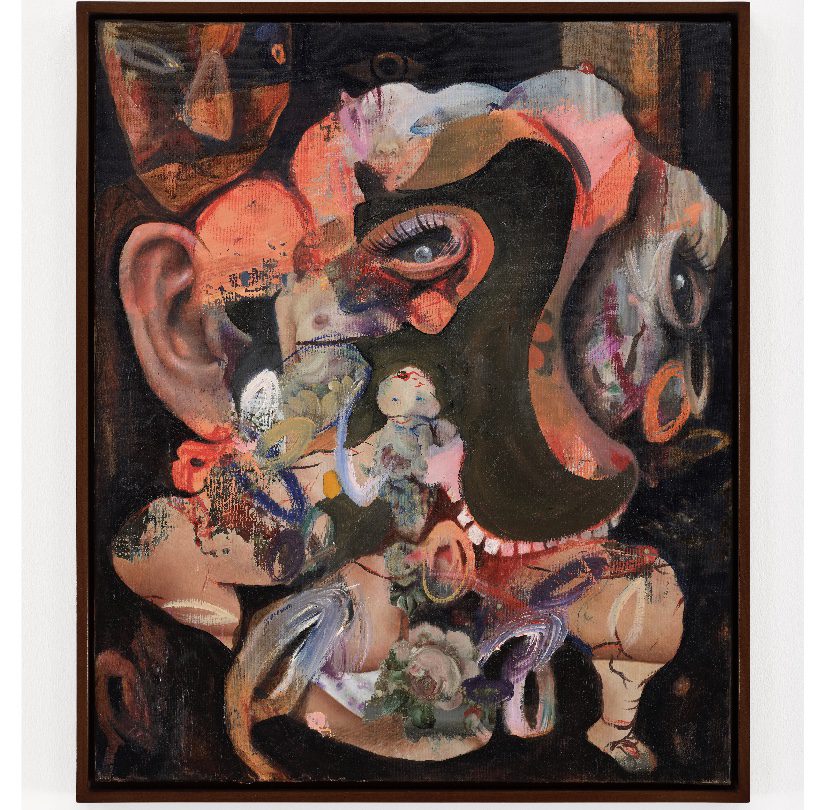
This is only a glimmer of the artists and conversations that Art Through Time unveils. Indeed, Damtsa’s curation eschews a linear historical syntax for a dialogue between visceral pieces in which we may, perhaps, see ourselves. The confrontations present history’s cyclical nature, force us to widen our realms of communication, and question how we signify the signifier.
Art Through Time, Curated by Virginia Damtsa, 3 April – 31 May 2024.
Alon Zakaim Fine Art, 27 Cork Street, London W1S 3NG
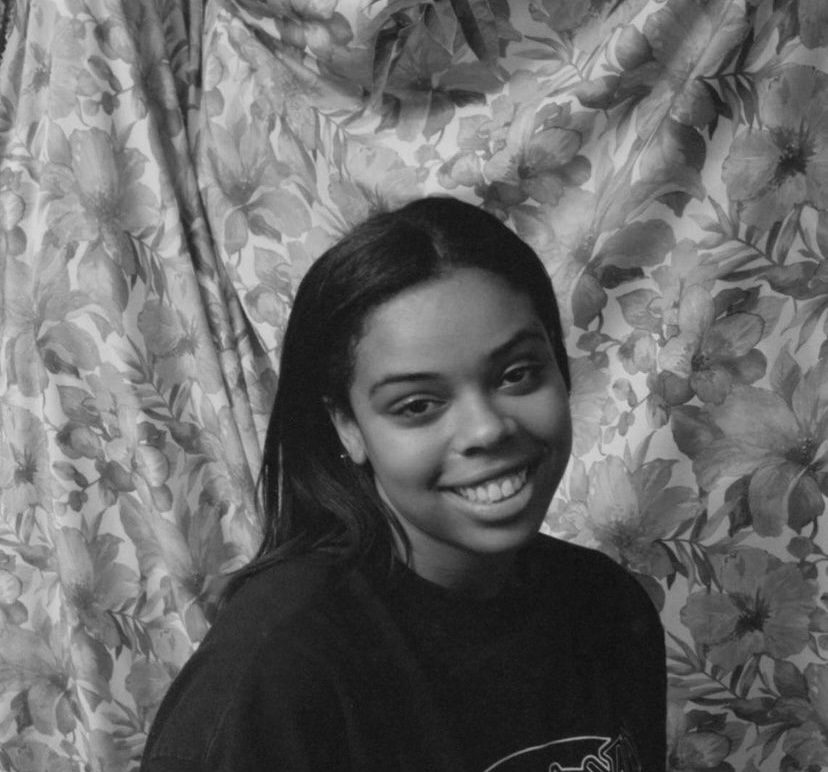
London based writer who graduated with a BA in English Literature and is navigating the trials and tribulations of their early 20’s. Her primary fascination is how art mirrors life’s complexities. When art is created, conversation ensues – thus creating an endless space of expression and thought. Each word she writes is an attempt to decode possible motivations of the artists desire. Her work is infinitely obsessed with the question that concerns every creative piece – why?



